Weapon of Opportunity — Everyday Objects for Self-Defense
June 30th, 2024
5 minute read
It is simply a fact of life — there are many places where you are not permitted to carry a firearm and must rely on a weapon of opportunity. If you plan on going to any federal building such as a courthouse, post office, etc., or an airport, school, hospital or posted business, you have no other legal option but to leave your firearm outside the building.
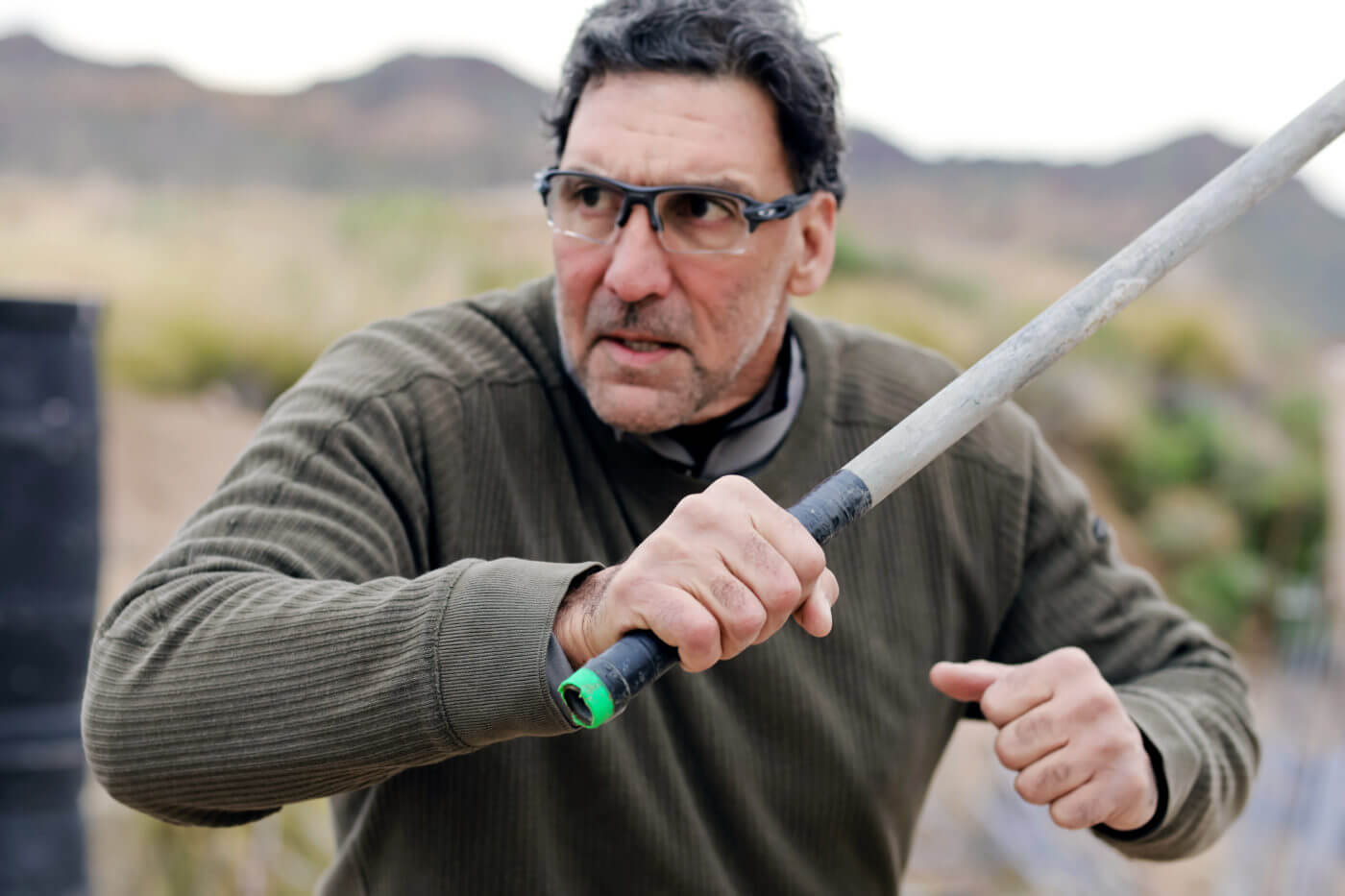
But what are your self-defense options if you are the victim of an assault or other crime at one of these locations when you do not have access to your firearm?
Exit…
The very best option is to vacate the area. Use what I call “the Nike technique,” which is to turn your heels to the threat and create as much space between yourself and harm’s way as possible. Distance is your friend and a tactical response option resulting in the least risk of physical injury. Creating distance makes you a moving target, which is one that is more difficult to hit.
If you can’t completely escape the area, consider using a desk, door, chair, car or other object as a barrier to slow or impede an attacker. The harder you make it for a criminal to get to you the more likely they are to turn away and find another victim. Also, it increases the opportunity that law enforcement officers – such as the police or deputy sheriffs – can get to you before you are in a fight for your life.
Knowledge of your environment can be critical in avoiding victimization. Keep an eye out for emergency exits, stairwells or even rooms that you could barricade yourself in if needed. Self-awareness is important for finding a safe space and even a fraction of a second can make a difference!
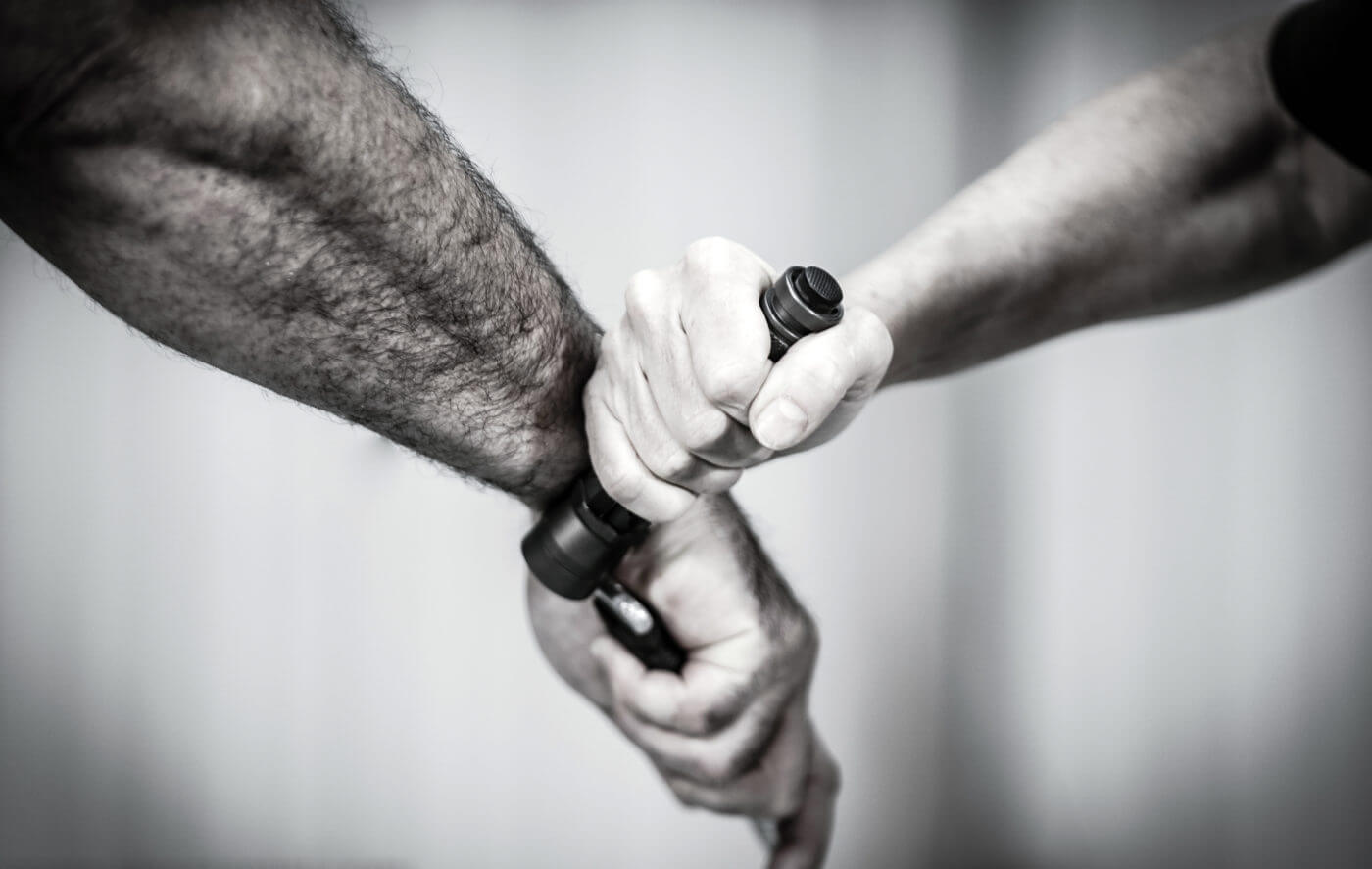
…or Equalize
If you cannot exit the area, then your only remaining defensive option is to equalize — that is, get something in your hands that can be utilized as a weapon of opportunity to defend yourself in a violent physical altercation. Remember the truth that this may be a fight for your life, so your choice of an improvised weapon is very important, as it needs to be tremendously effective. You must consider it a life-saving tool like your firearm or knife.
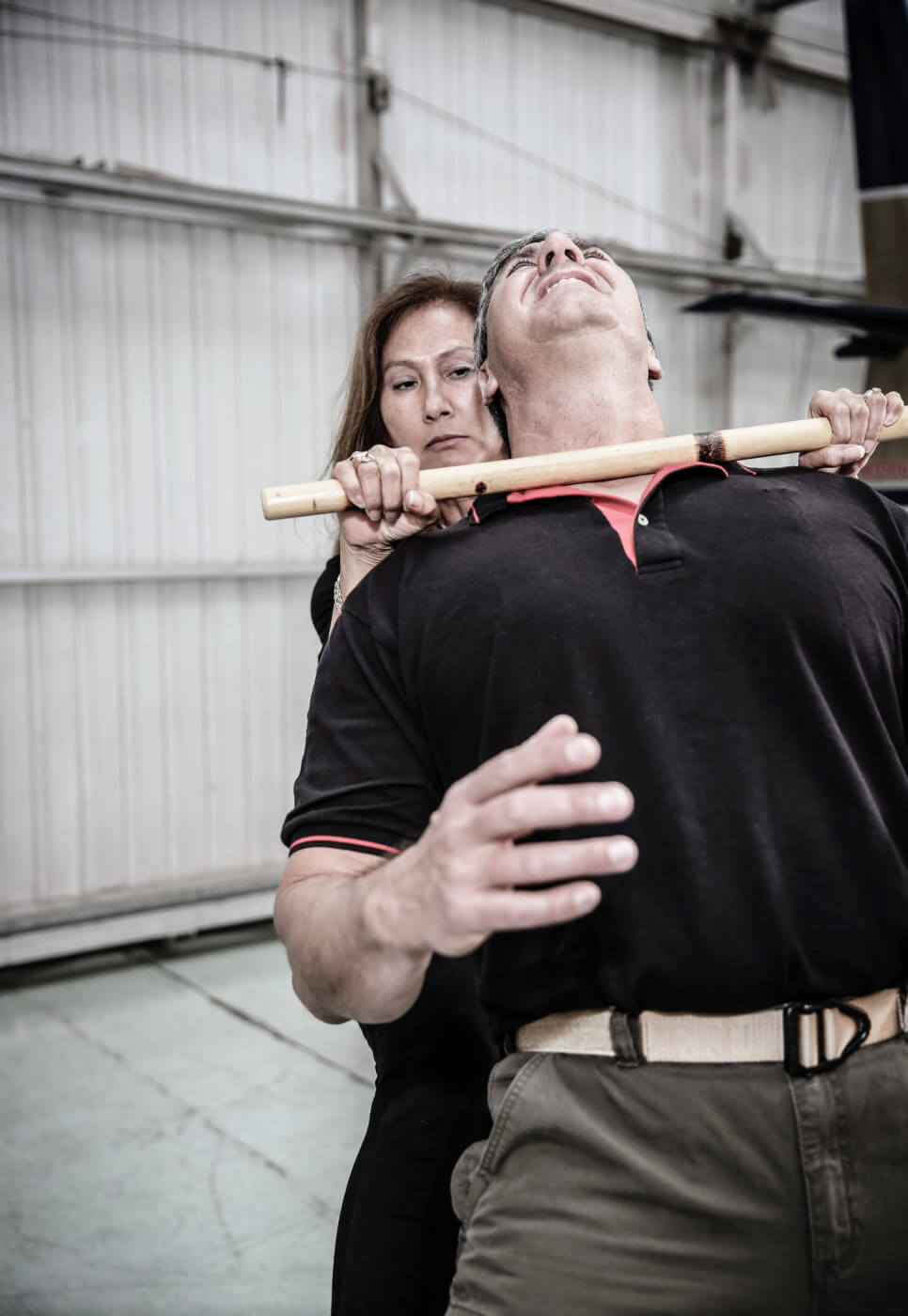
Weapon of Opportunity – Tools of the Trade
An improvised weapon can be defined as any readily accessible, hand-held object made of metal, wood, plastic, glass, ceramic or any other material(s) capable of stopping an active threat.
Improvised weapons can be grouped into three categories:
- Edged weapons (including those causing penetrating trauma wounds)
- Impact weapons (like a police baton or sap)
- Flexible weapons
Edged Weapons
These can include knives, razor blades, nails, sharpened credit cards, metal shanks, pens, scissors, pencils, broken glass and the like. Improvised edged weapons may be fashioned from common objects such as a coat hanger, soda can, credit card, kitchen utensils, kitchen knife, screwdrivers and any object with an edge or a point capable of laceration or puncture.
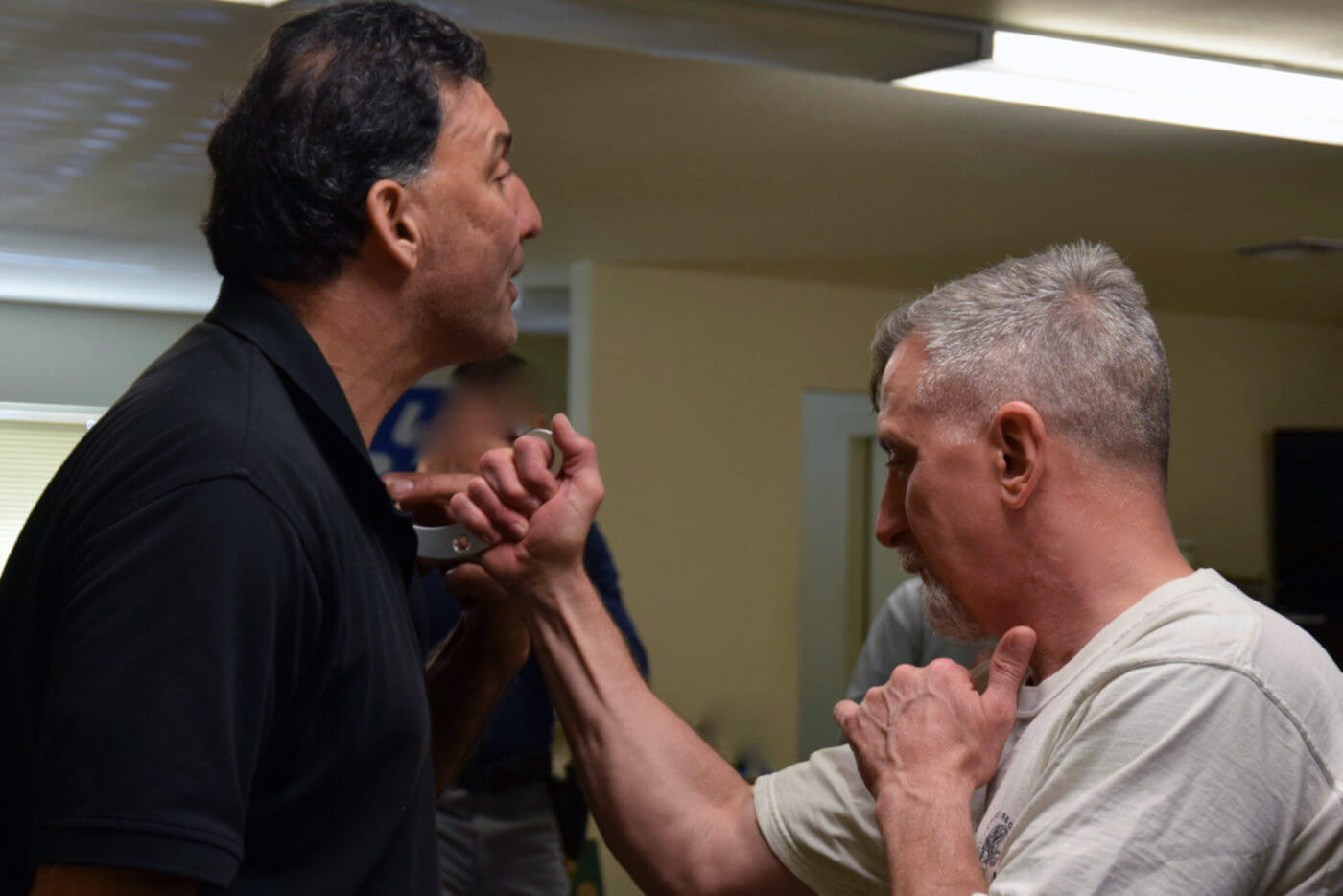
Impact Weapons
These weapons are used to strike your attacker and can include broom or plunger handles, baseball bats, coffee mug and makers, tire irons, ax handles, rocks, plumbing pipes, sticks, frying pans, lumber, boots, crowbars, closet poles, walking cane, rolling pin and any other blunt object that can withstand substantial impact. Even a laptop computer or desk chair can be used as an impact weapon in a life-threatening situation.
An impact weapon can be applied in a non-lethal or lethal manner based on appropriate use of force necessary to stop the threat. It can also cause pain which may help. However, pain compliance techniques are not always effective against attackers – be it an active shooter or sexual assault – so don’t rely on it.
Flexible Weapons
These can include power cords, rope, a belt, bungee cord, scarf, trash can liner, chain or any object with flexibility — basically anything that can be used to establish a firm chokehold against a neck.
Although not as common as the categories of edged and impact weapons, this category of improvised weapons demands equal respect as there are certain martial arts originating in countries such as the Philippines and Indonesia where, in the hands of a trained practitioner, they can be used to great effect.
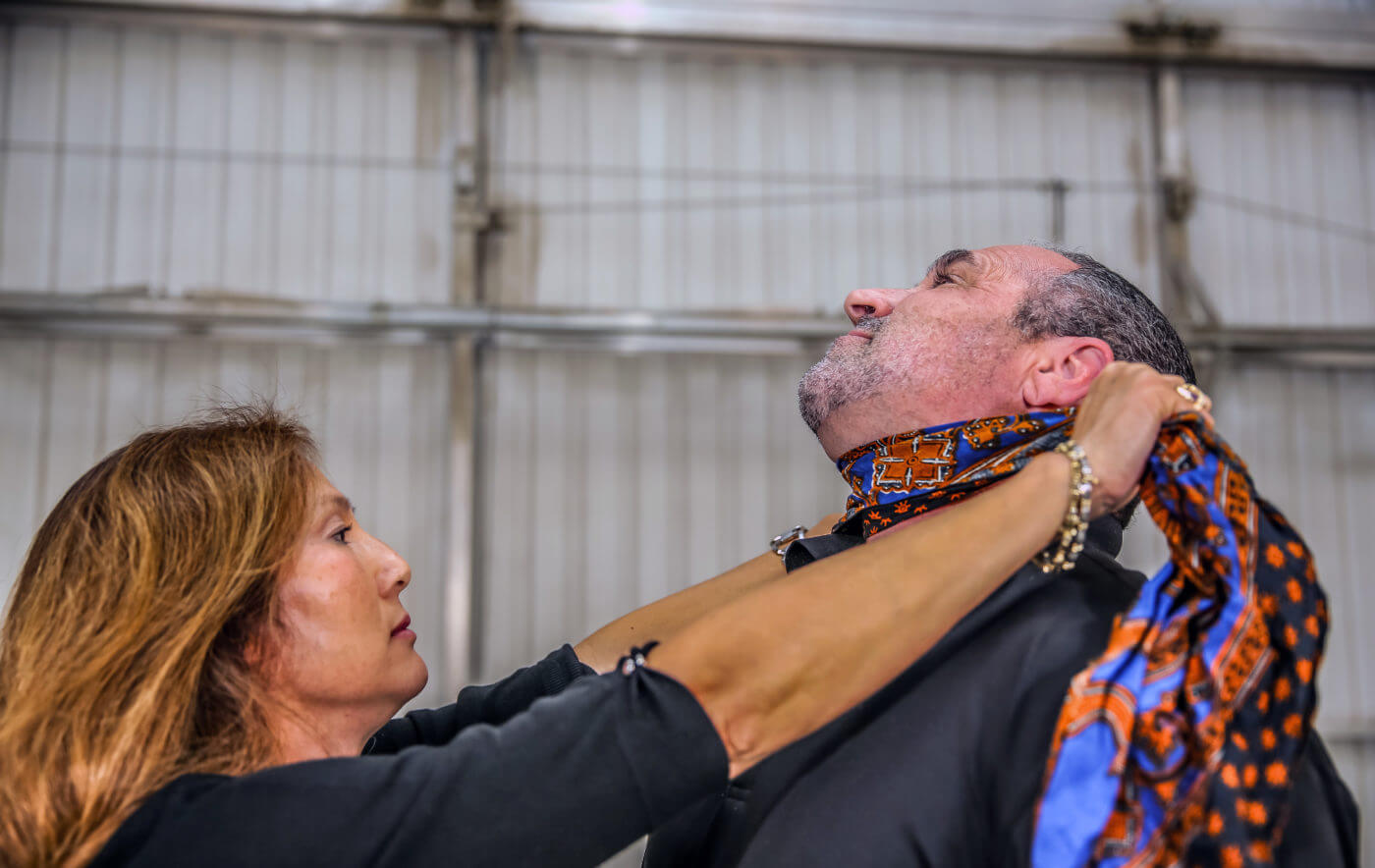
Look Around
When planning to utilize a weapon of opportunity, you first must be able to locate one and be prepared to deploy it defensively before it hits the fan. How do real-world protection experts do this? The professionals run a resource assessment listing.
If you are without a firearm, your primary self-defense plan should consist of secondary or improvised weapons. If you walk into an open or confined area, indoors or outdoors and you want to remain prepared, step one is to perform a visual scan of your immediate vicinity. What is around you that you can immediately get into your hands and use as a weapon? What category is it? How close are you and your potential adversaries? Is there more than one weapon? Is there more than one potential adversary that you need to protect yourself from?
When under attack, your paramount considerations in selecting an improvised weapon are accessibility, speed of acquisition (based on proximity), effectiveness and rapid deployment.
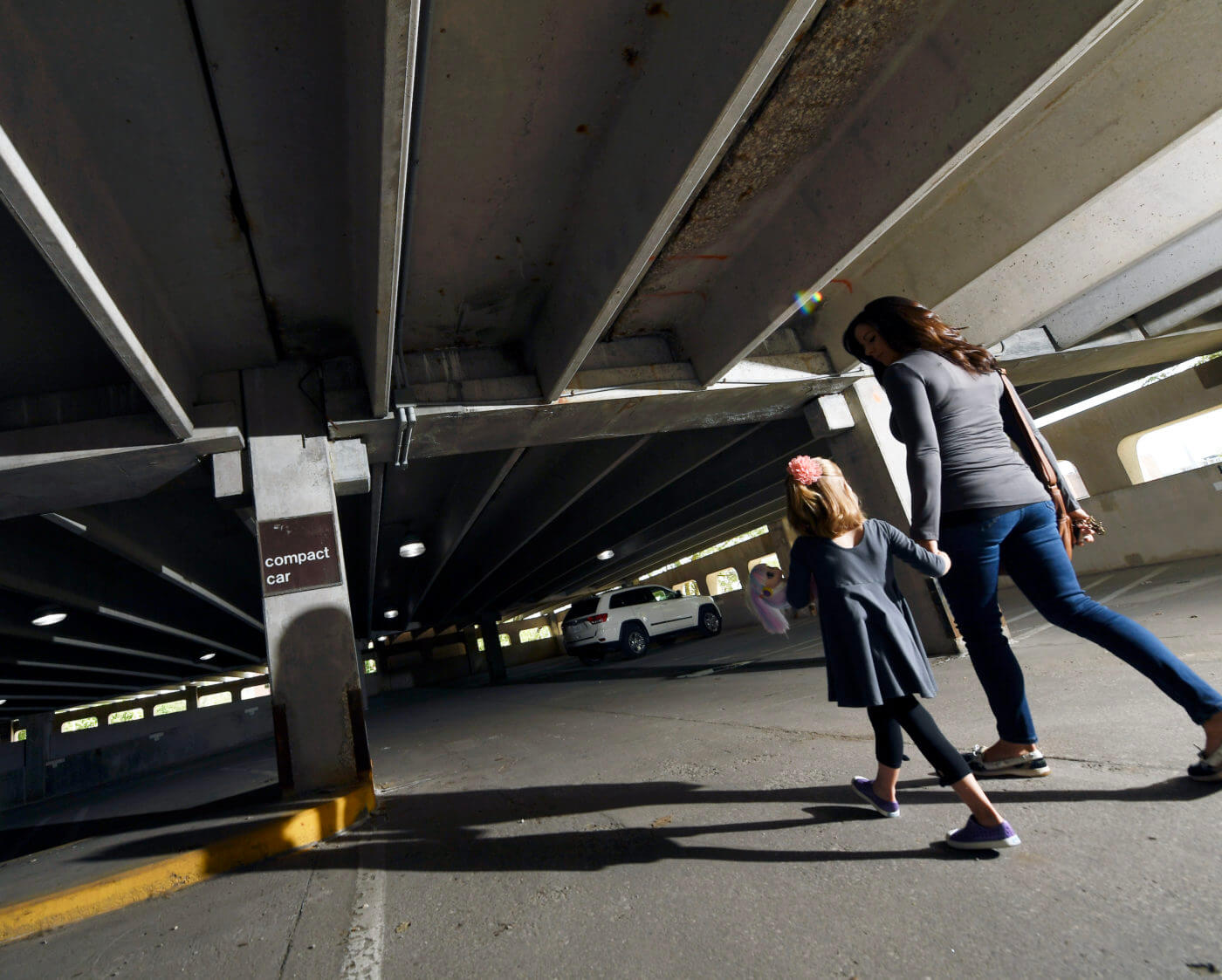
Have a Plan
Immediately following your resource assessment listing should be your plan of action and movement to avoid harm.
If it goes down, who will be your biggest threat? How will you stop or deter that threat and then which direction will you move? What is your objective? Do you run for cover/concealment, back to the car, toward a crowd of people, into another room or building? At a minimum you must create space between yourself and an active threat and continue to make yourself a more difficult target.
Consider using hit-and-run tactics like guerrilla warfare when you do have to fight. Be aware of where your nearest pistol or rifle may be. If you are able to move to one of these superior weapons, get there.
Your mind is your most powerful weapon. Mental preparedness is critical to the selection and usage of improvised weapons in self-defense. Any usage of a weapon of opportunity is simply an extension of your mind and should be considered a part of your self-defense planning.
Editor’s Note: Be sure to check out The Armory Life Forum, where you can comment about our daily articles, as well as just talk guns and gear. Click the “Go To Forum Thread” link below to jump in!
Join the Discussion
Continue Reading
Did you enjoy this article?

 225
225






